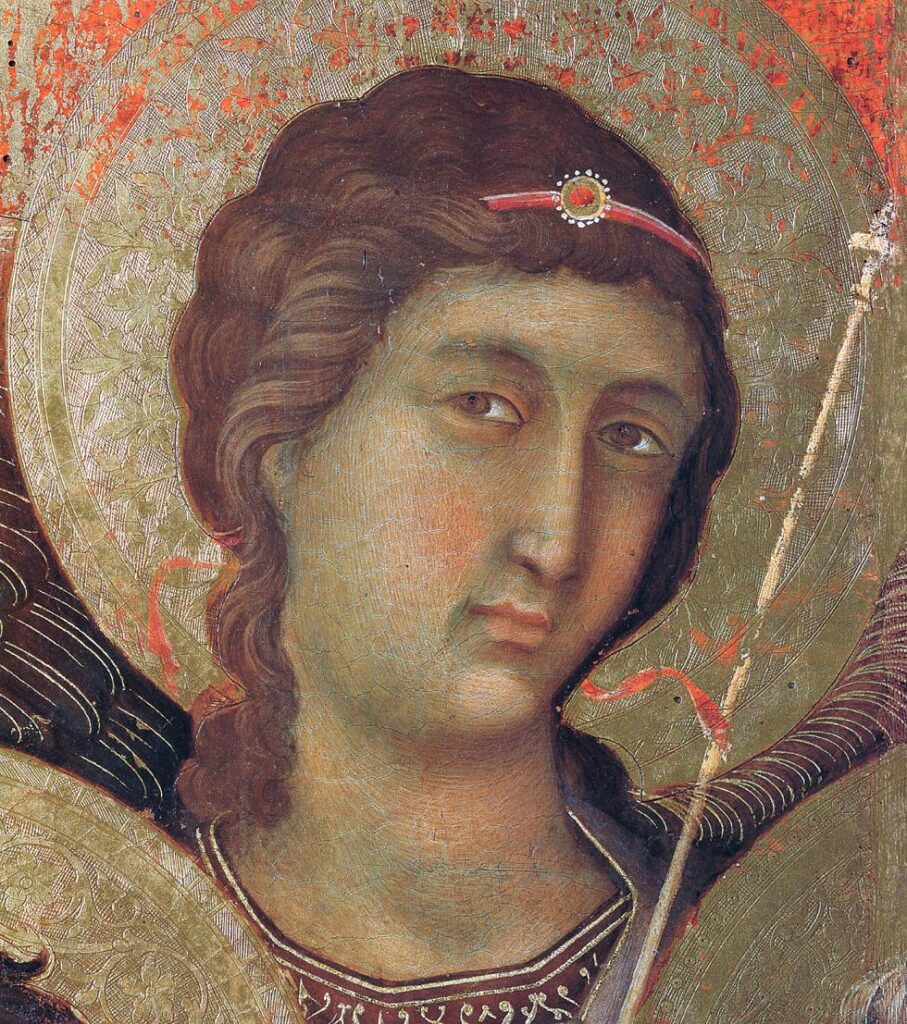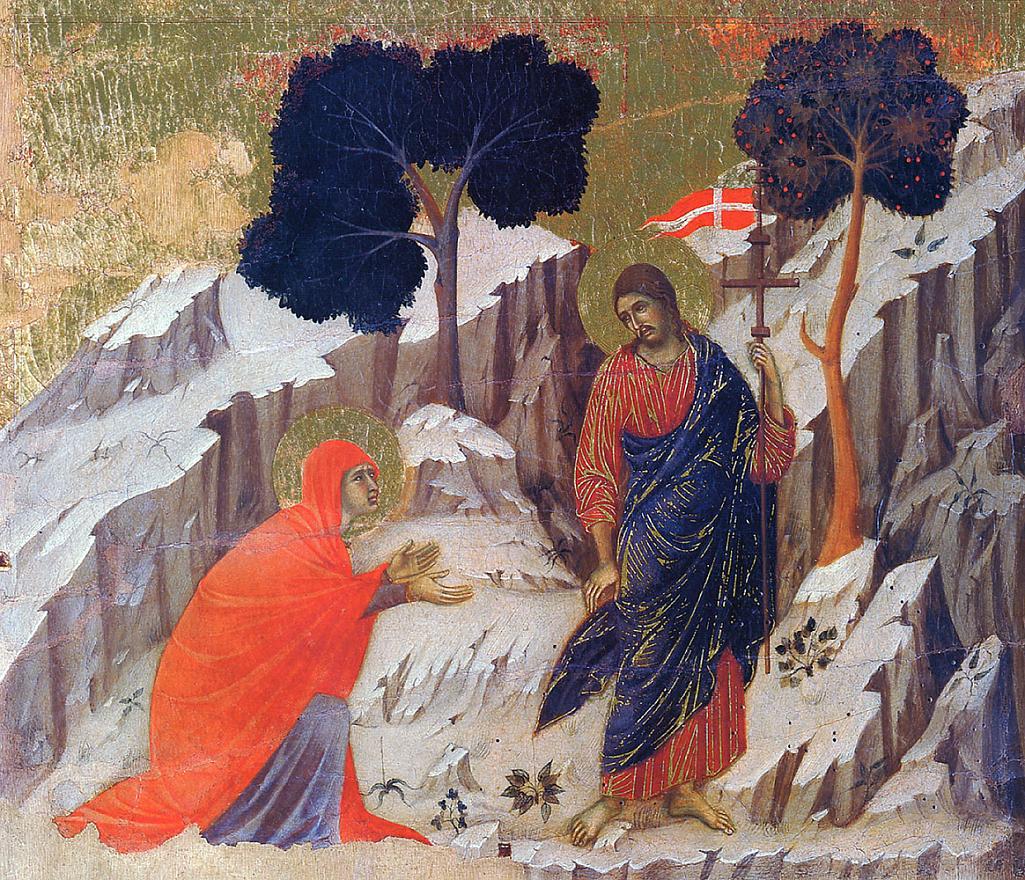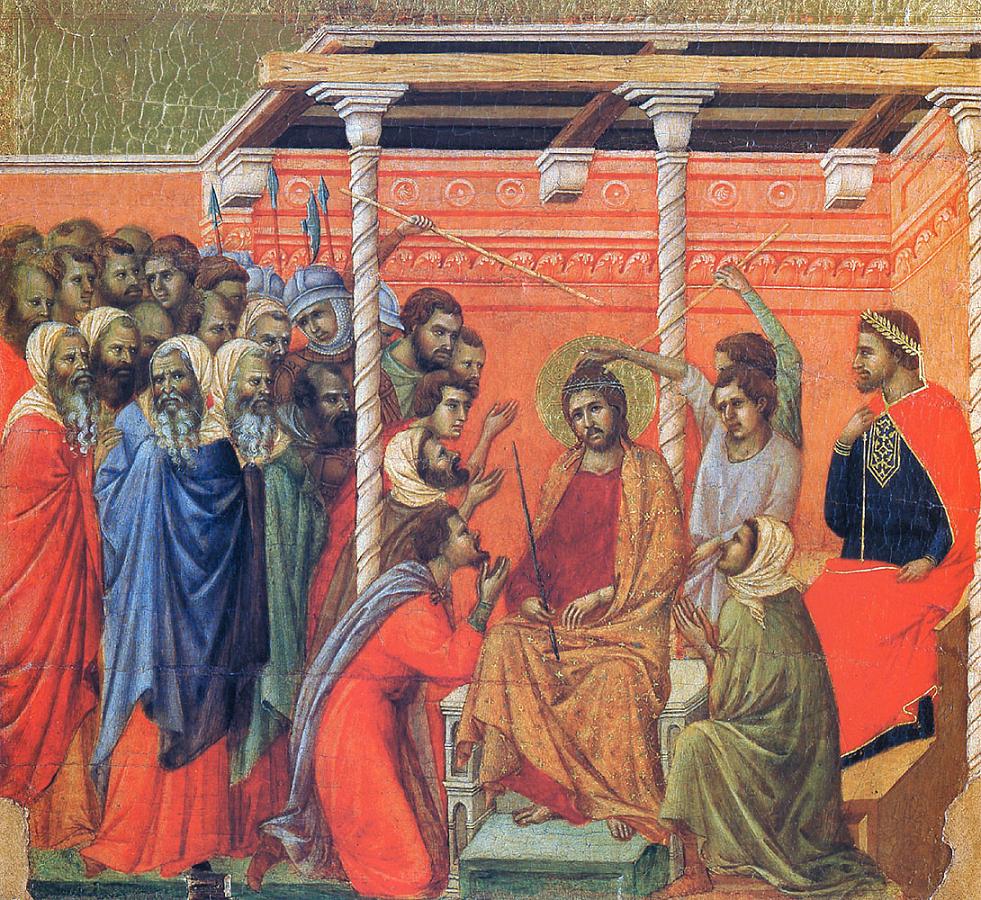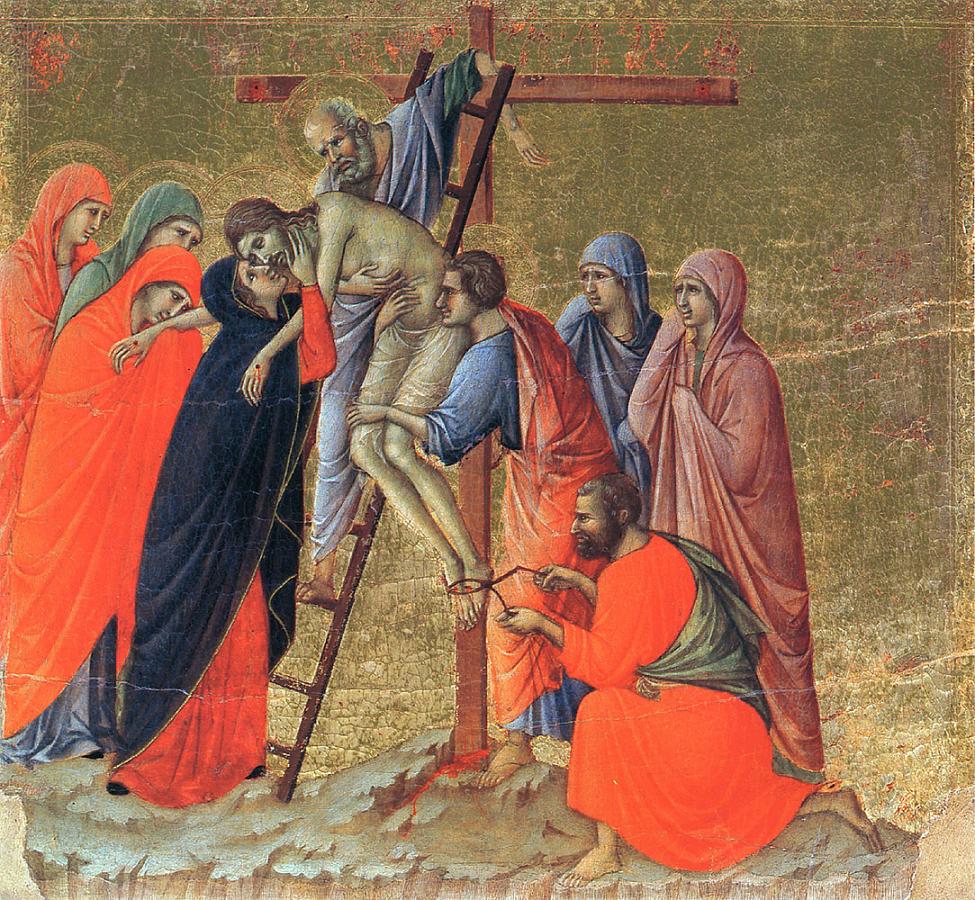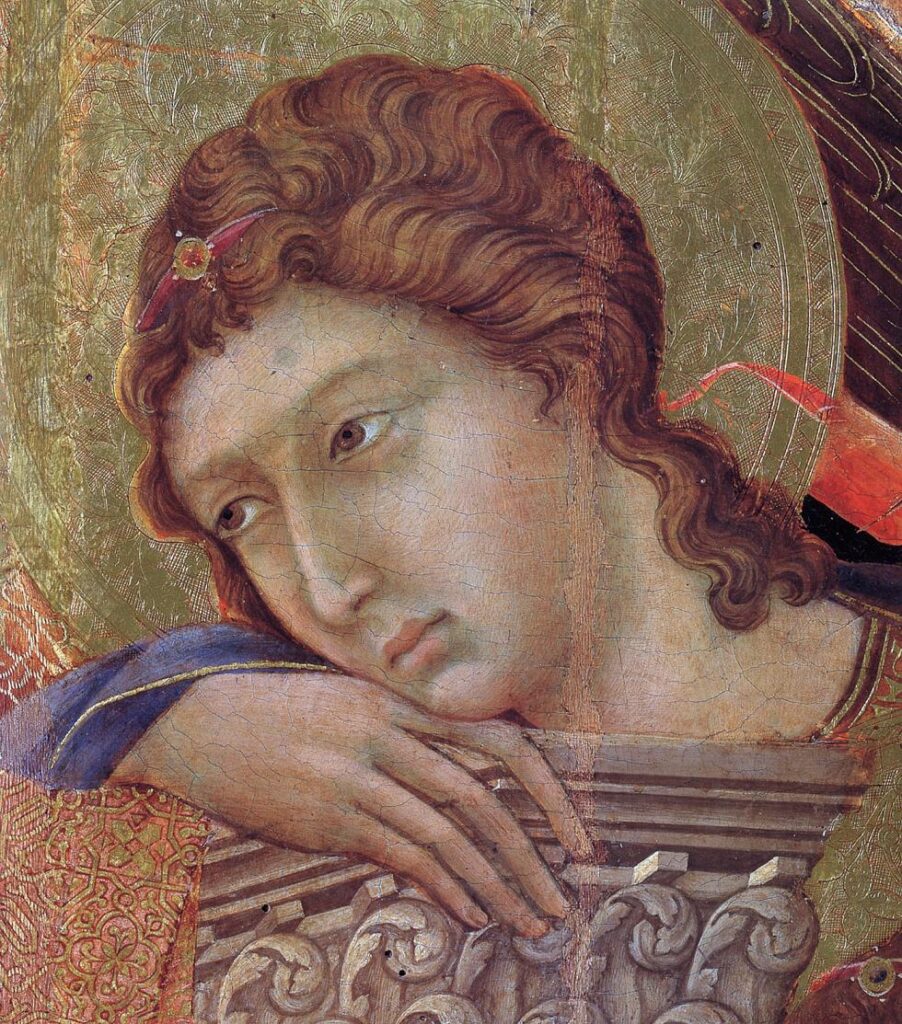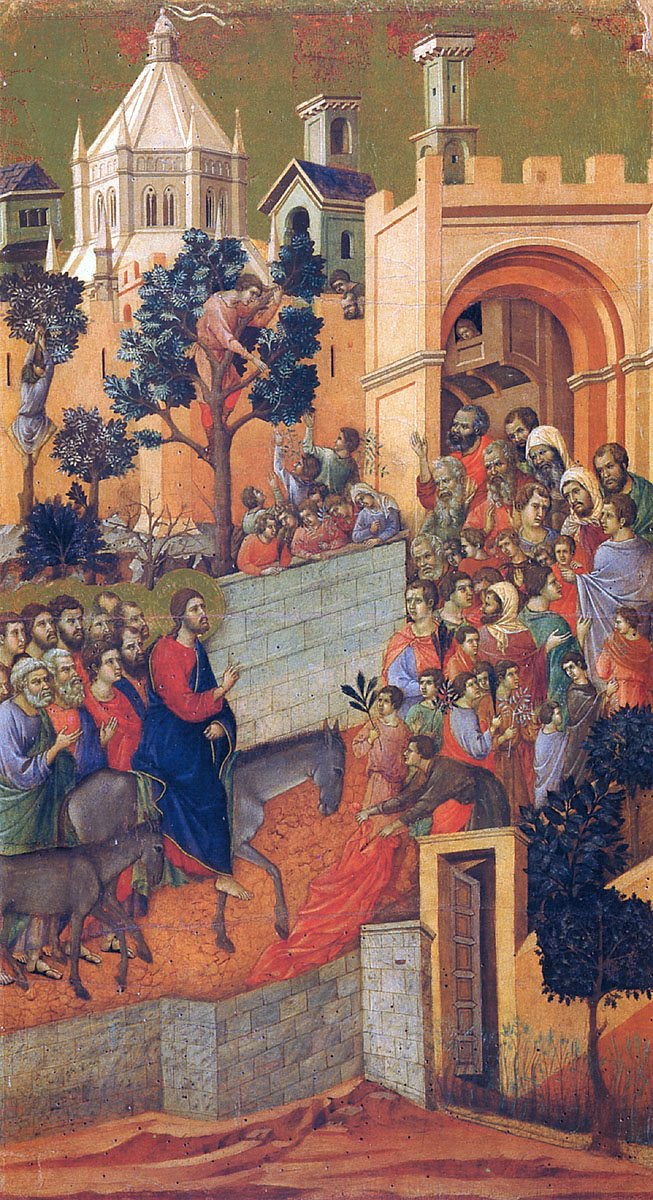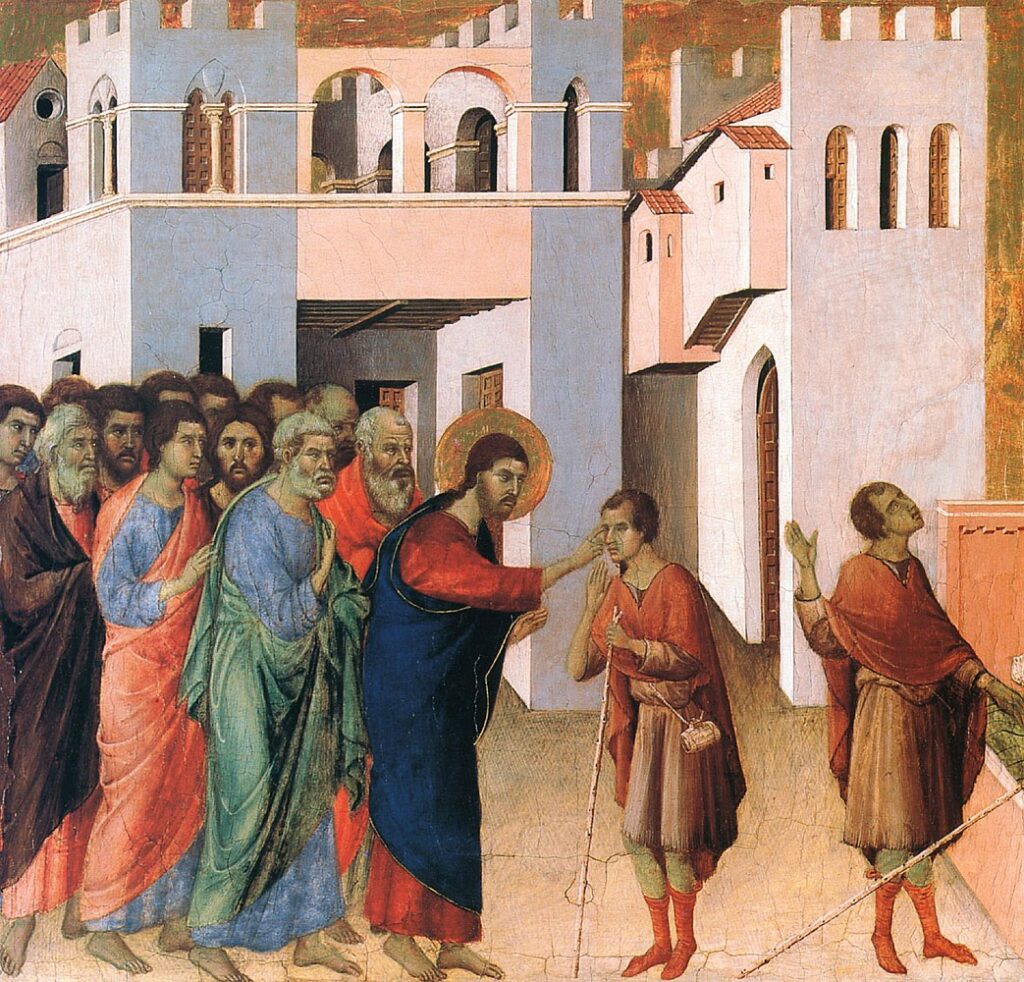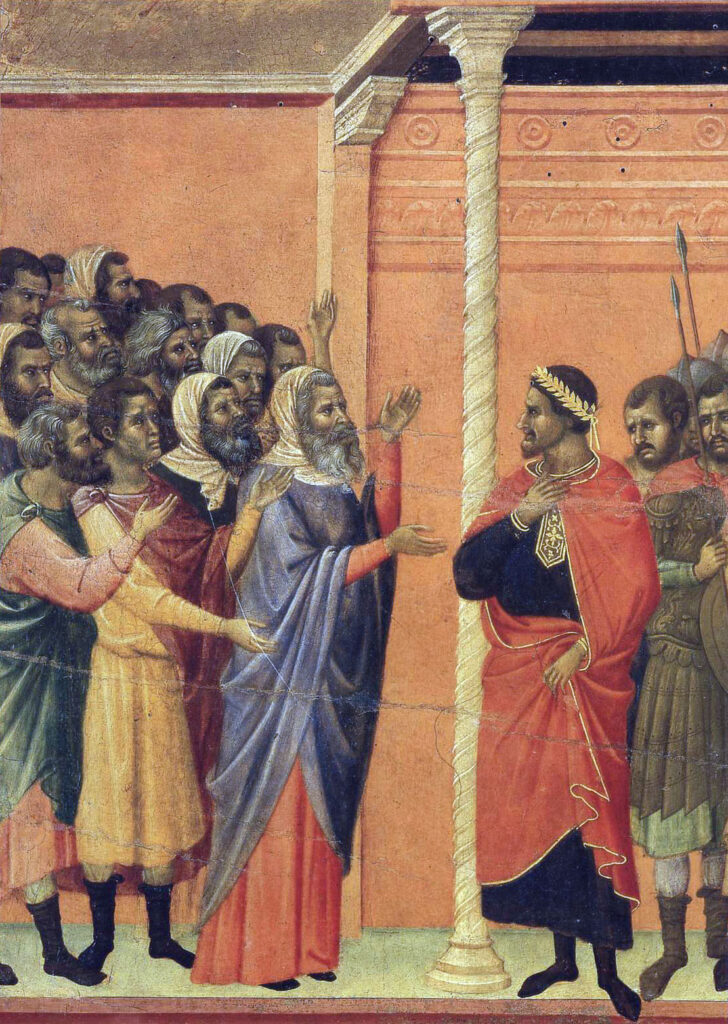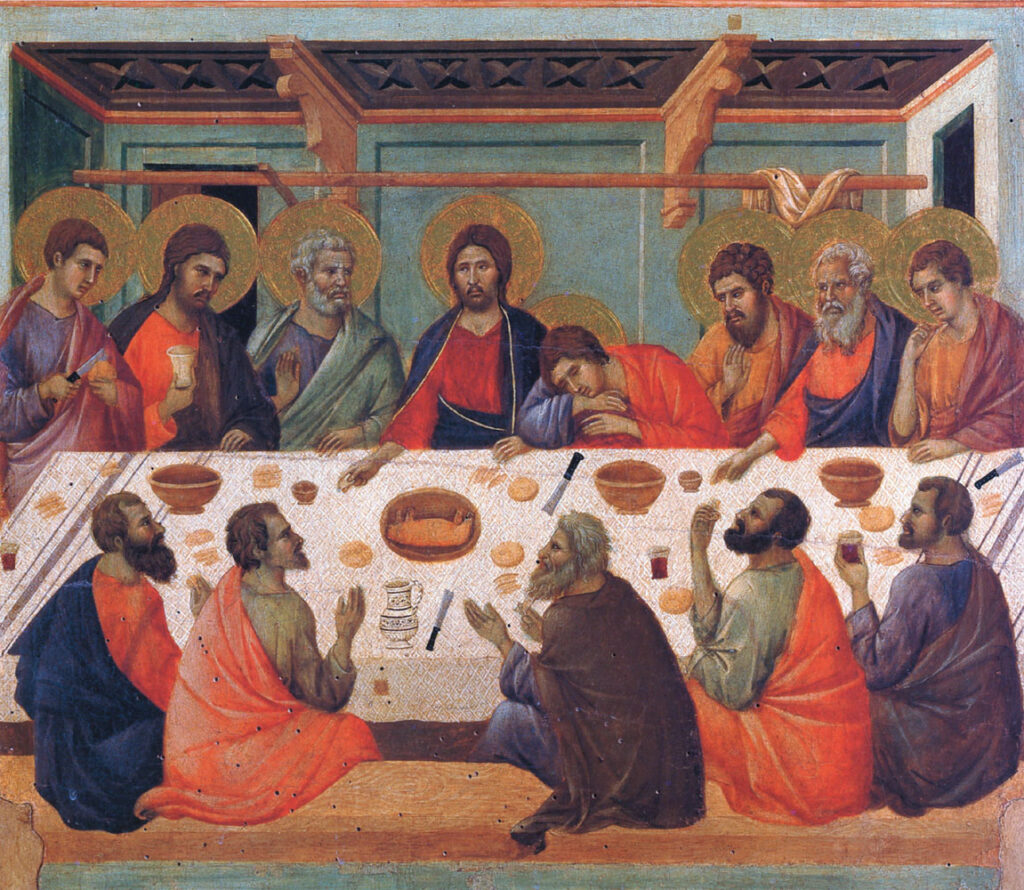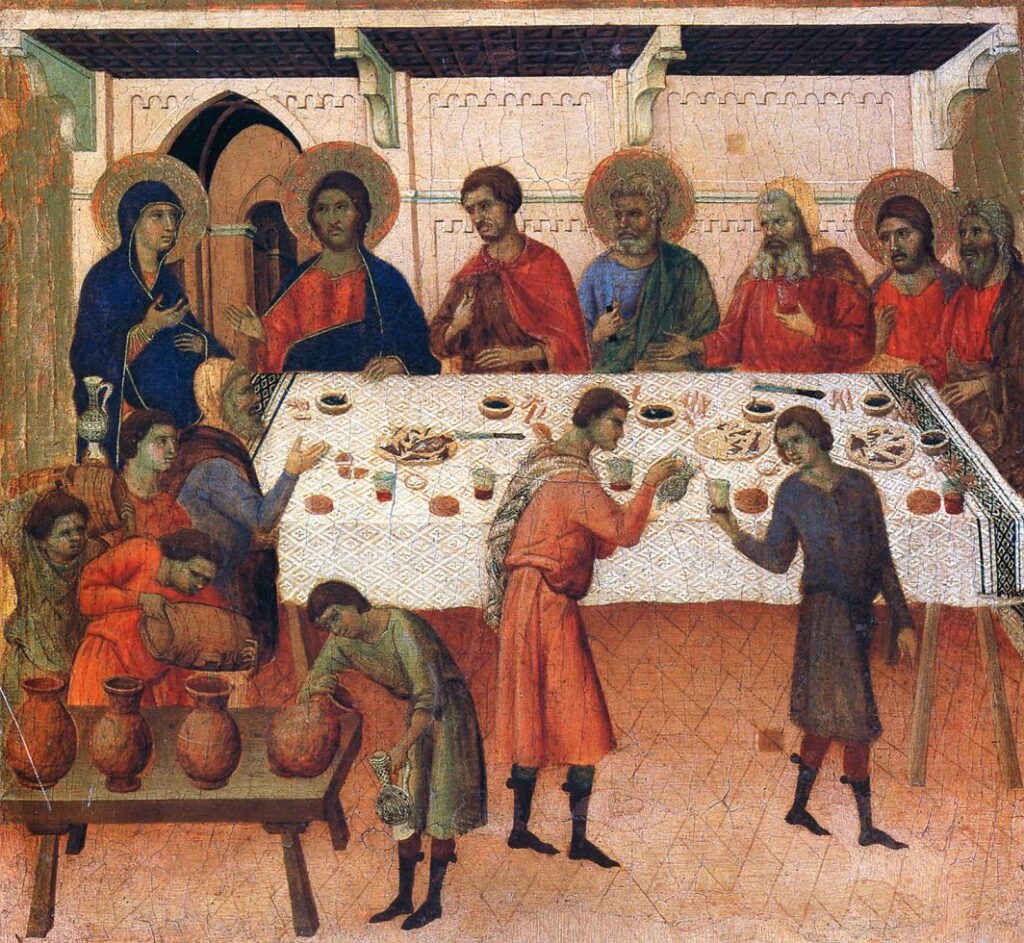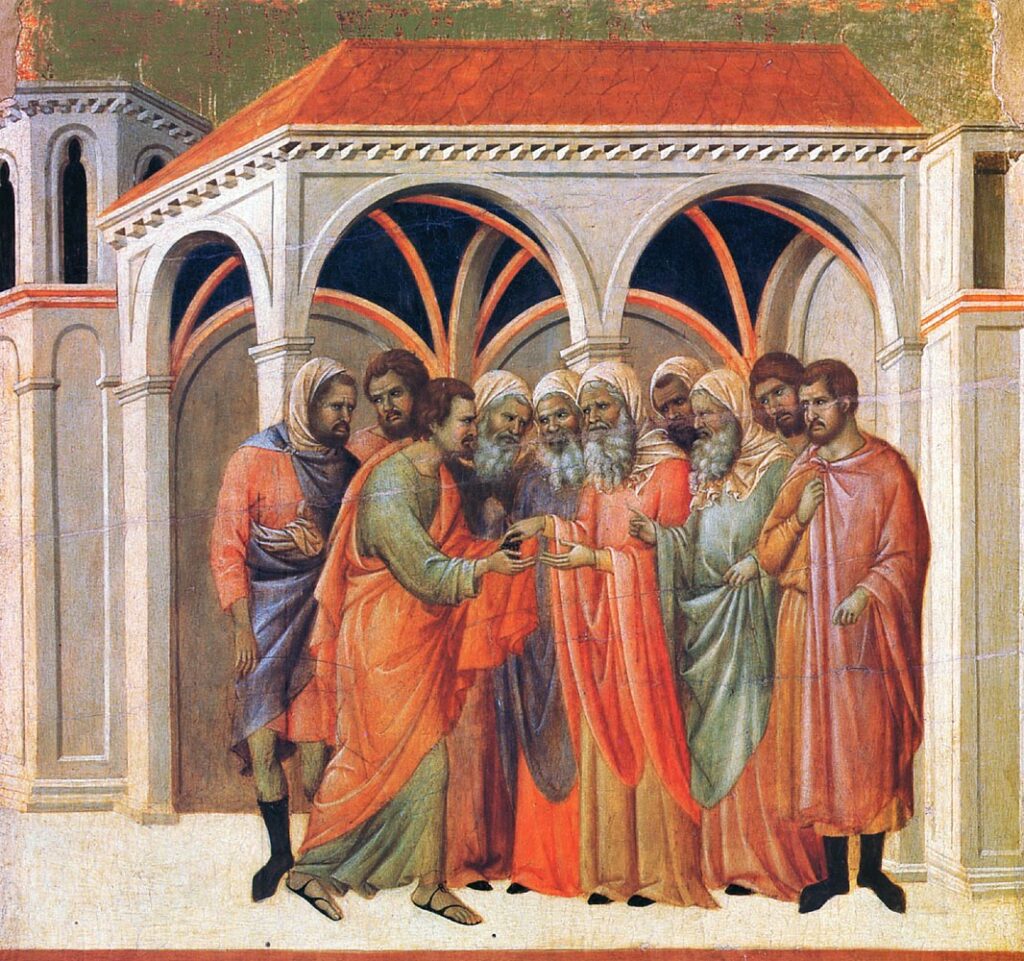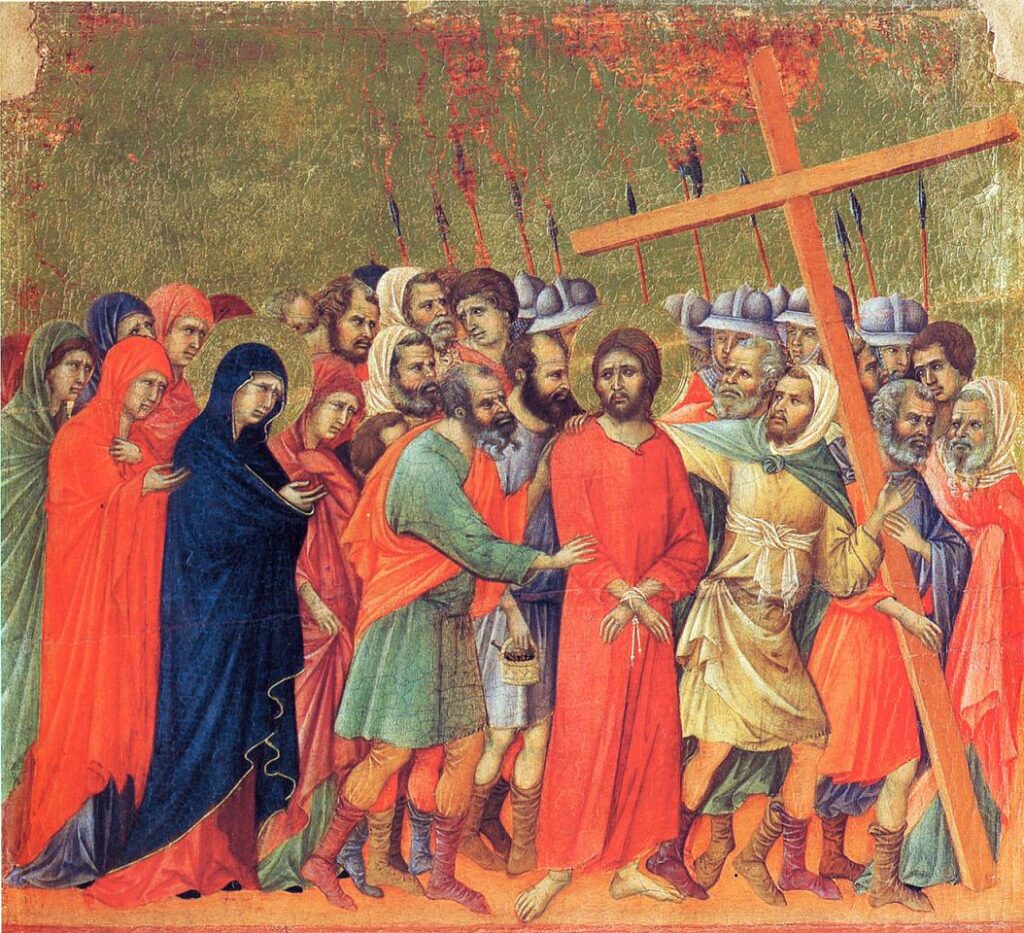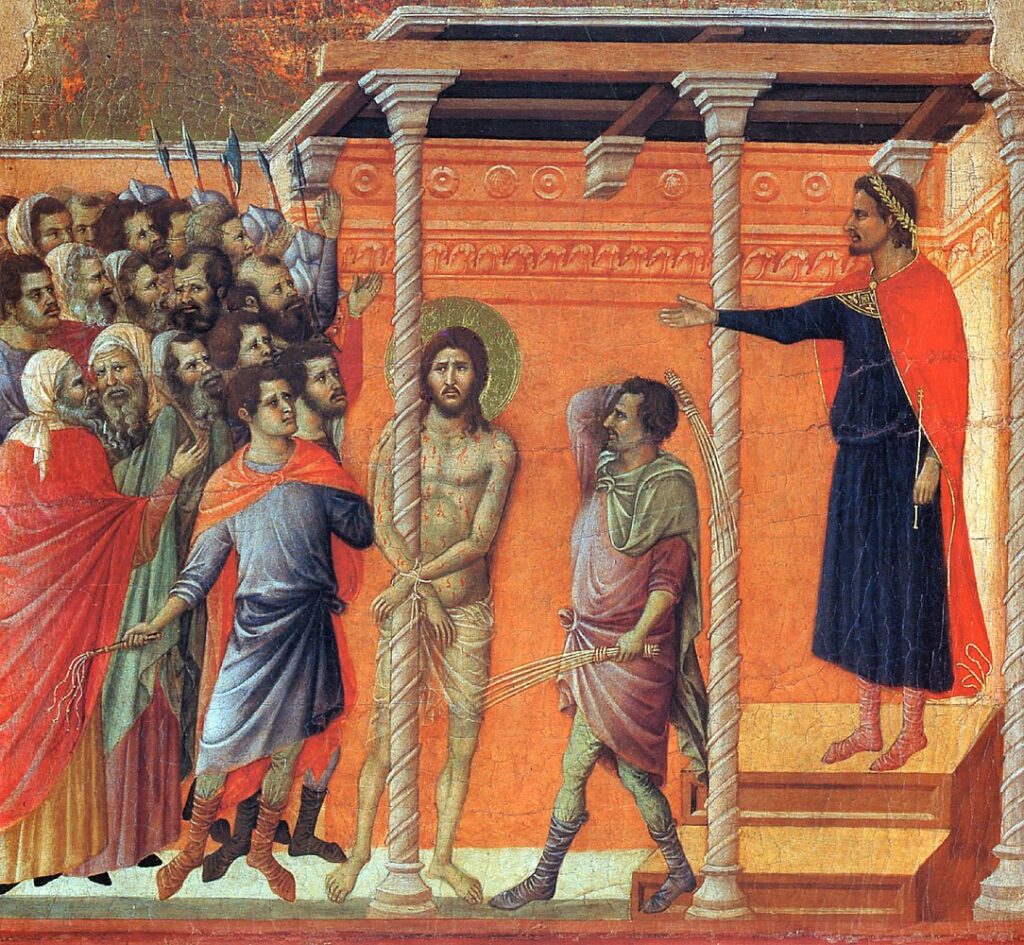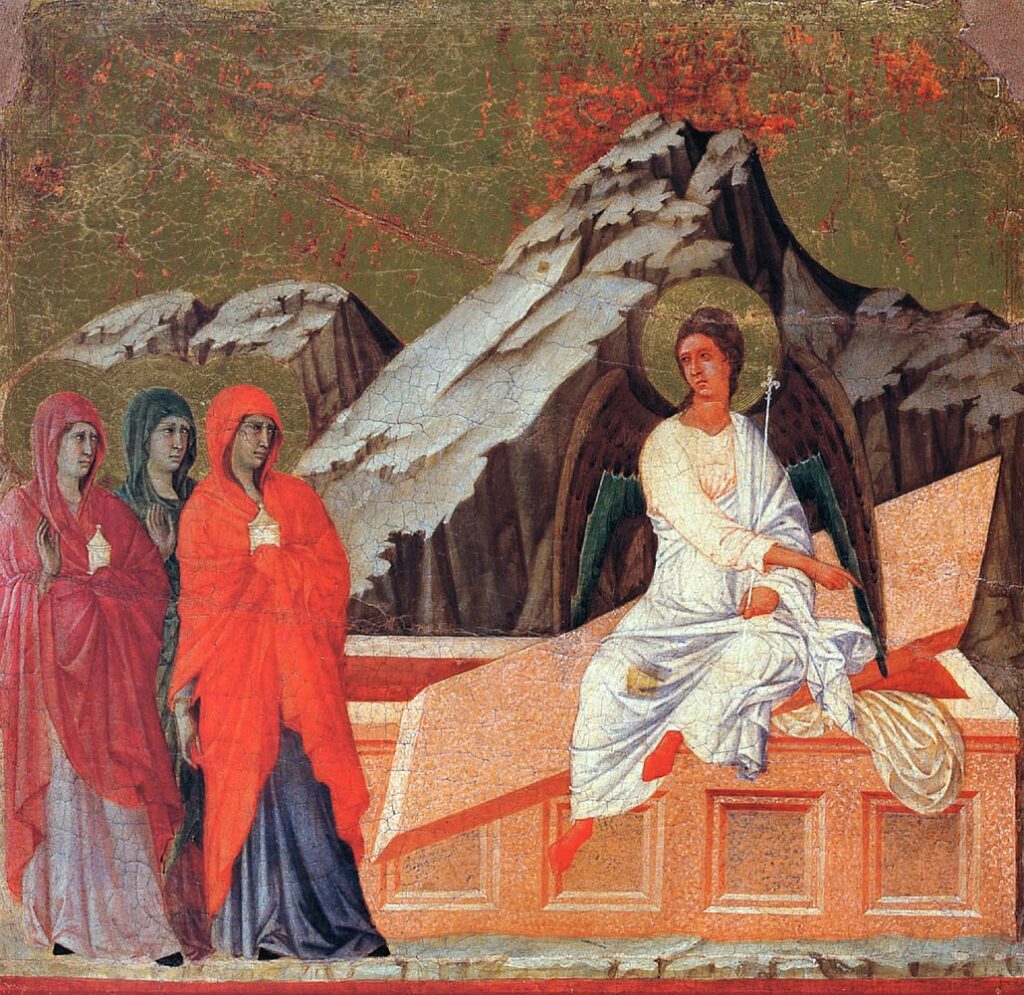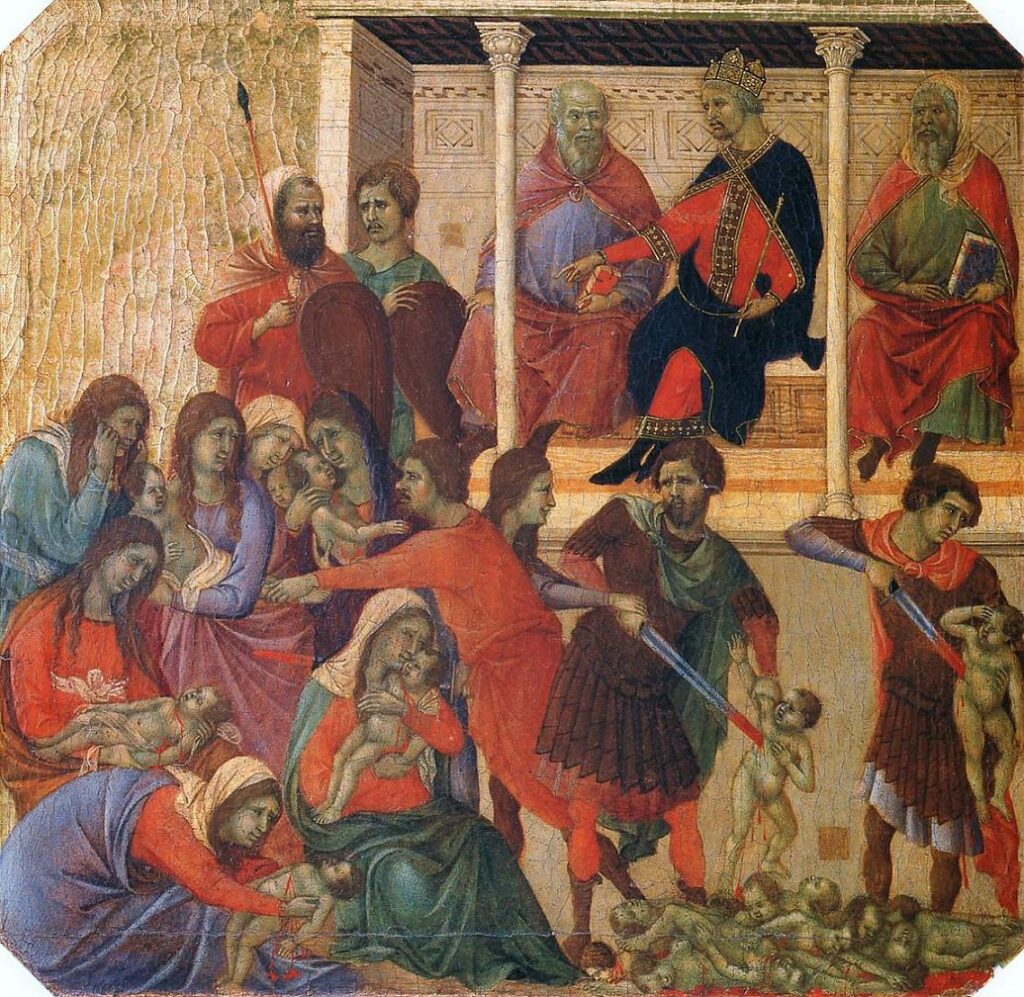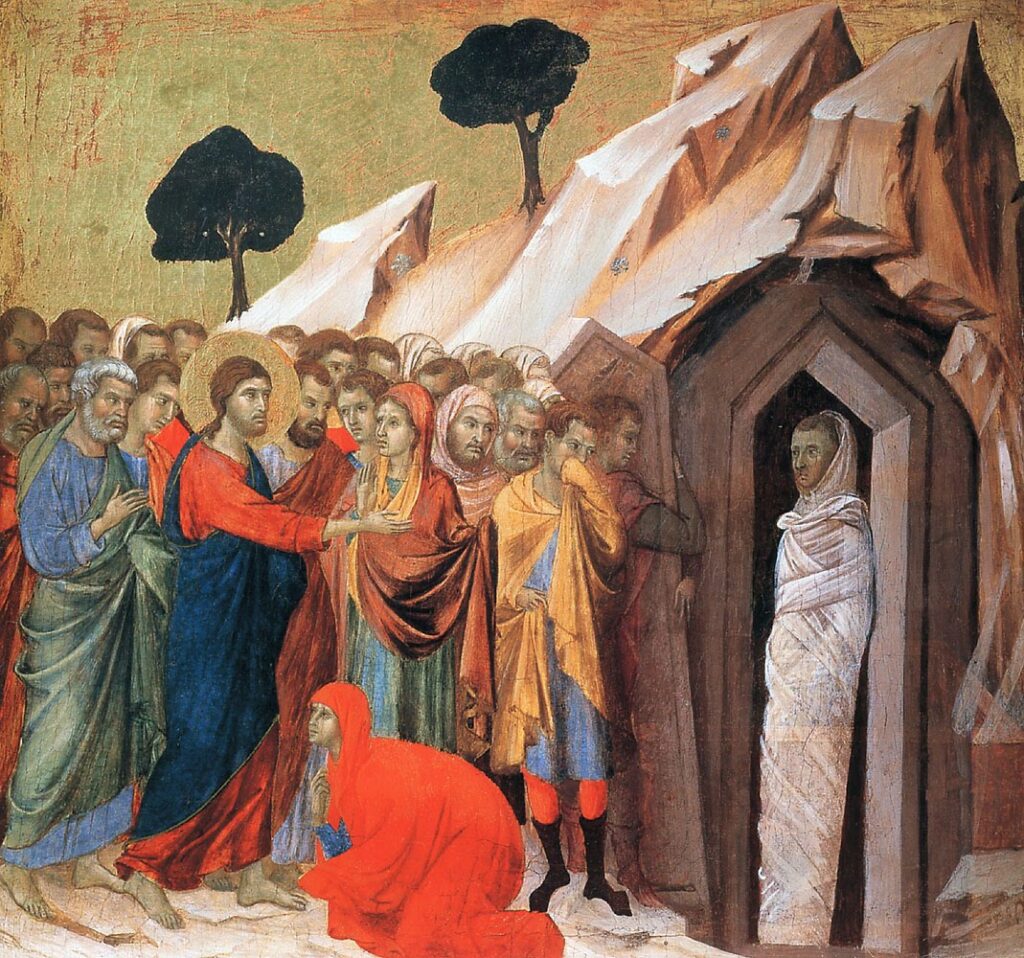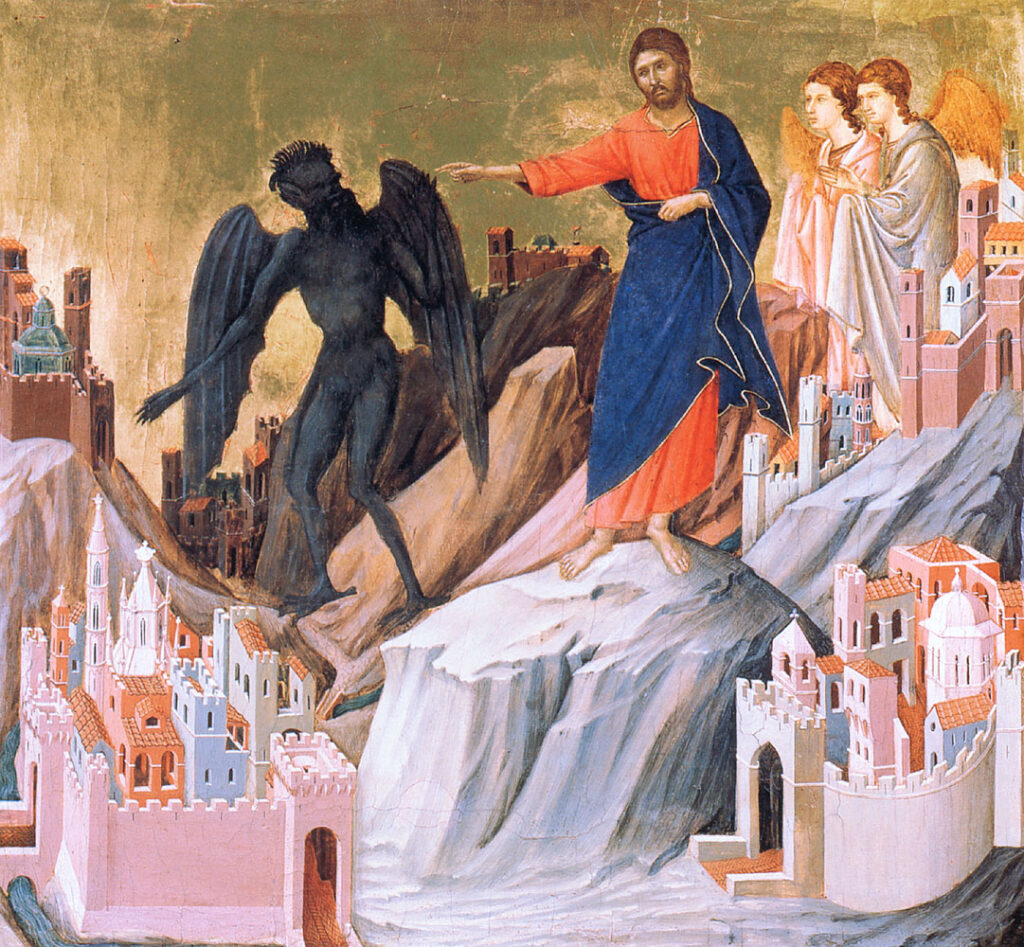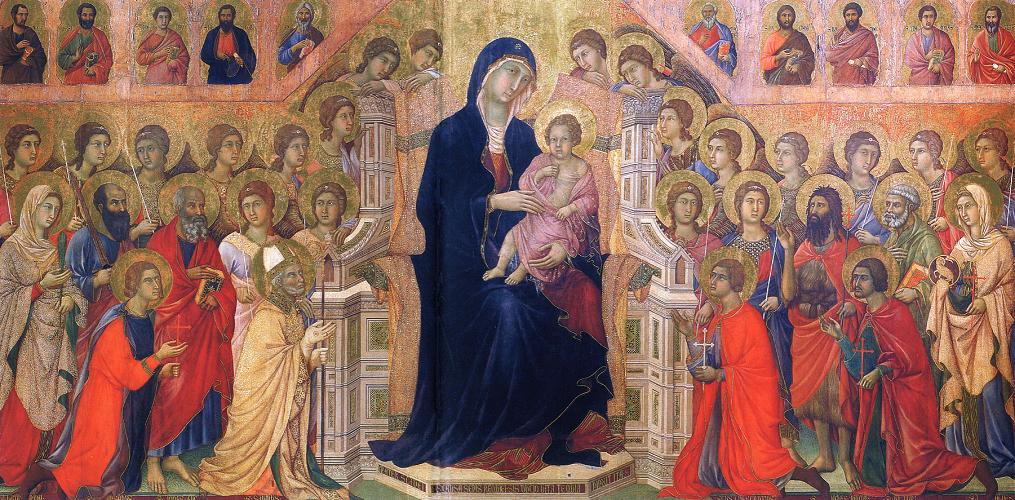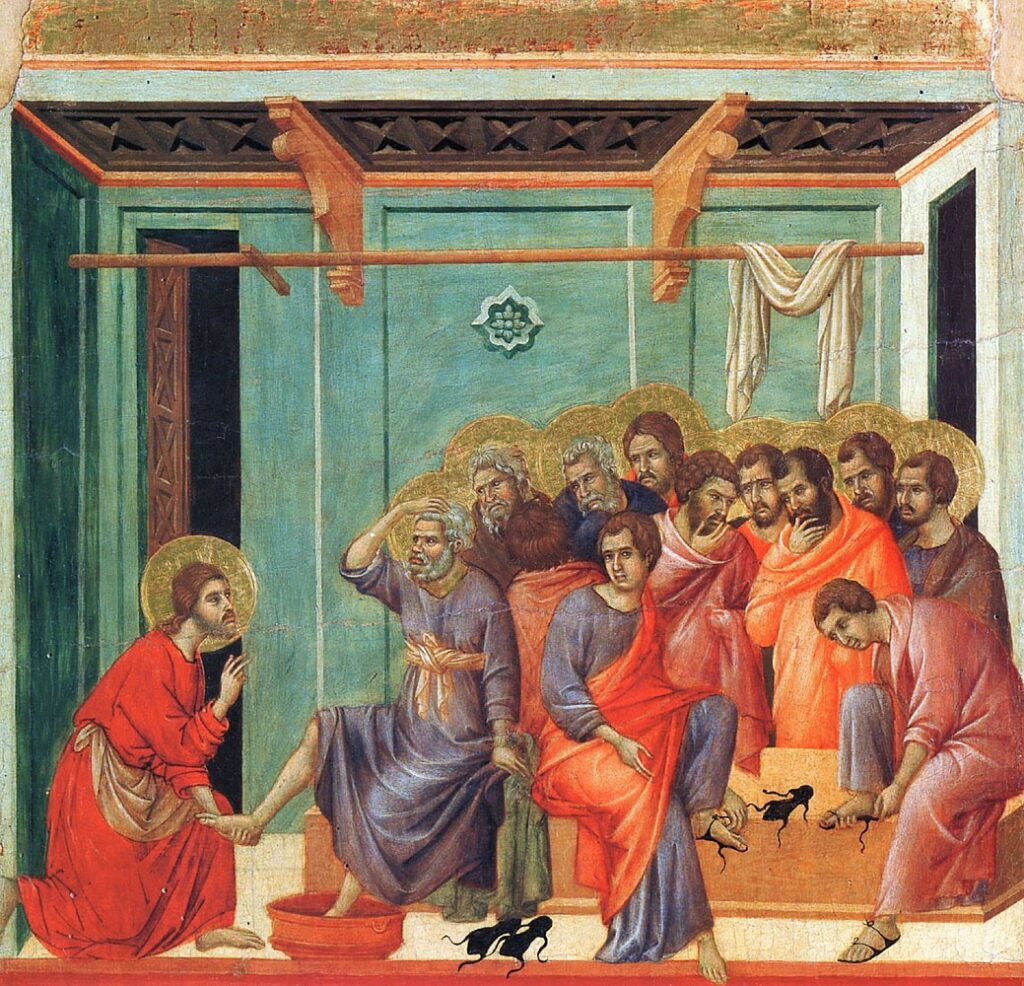Duccio di Buoninsegna was an Italian painter born in Siena, Tuscany in 1255. Duccio was the first painter of the Sienese school. The first evidence of his painting and existence dates back to 1278, when the Office of the Biccherna commissioned him to paint twelve document boxes. The following year, he got the task of designing the Biccherna register cover.
Duccio received his first important commission on 15 April 1285 to paint the Rucellai Madonna in Florence. Subsequently, he was commissioned for a similar job five more times and richly paid. Duccio’s reputation as an artist grew, bolstered by his frequent misdemeanors. For a brief period, he also acted as an art advisor alongside Giovanni Pisaro.
On 4 December 1302, Duccio received a commission from the Council to paint a large panel on the altar of the Palazzo Pubblico chapel. In 1308, Duccio was commissioned to paint his second famous work – The Maesta – for the Duomo of Siena. Recovered documents indicate the artist died towards the end of 1318, indebted despite receiving hefty commissions.
What was Duccio di Buoninsegna Known For?
Duccio di Buoninsegna was known for painting large panels for cathedrals in Sienna. Two of his most famous works are The Maesta and Rucellai Madonna. Duccio used egg tempera and rich colors to create his paintings and often worked on wood, using gold leaf to apply a unique finish.
Who was Duccio di Buoninsegna Influenced By?
No named influences on the artist have been discovered. However, Duccio’s style bears semblance to Cimabue in using Byzantine art techniques. Many of the artist’s works are themed around religious events, showcasing the influence of the Christian folk on his paintings.
What Art Movement was Duccio di Buoninsegna Associated With?
Duccio di Buoninsegna was associated with the Sienese School of Art.
Duccio di Buoninsegna Artwork
Below are some of the artworks of Duccio di Buoninsegna.
Christ and the Samaritan Woman
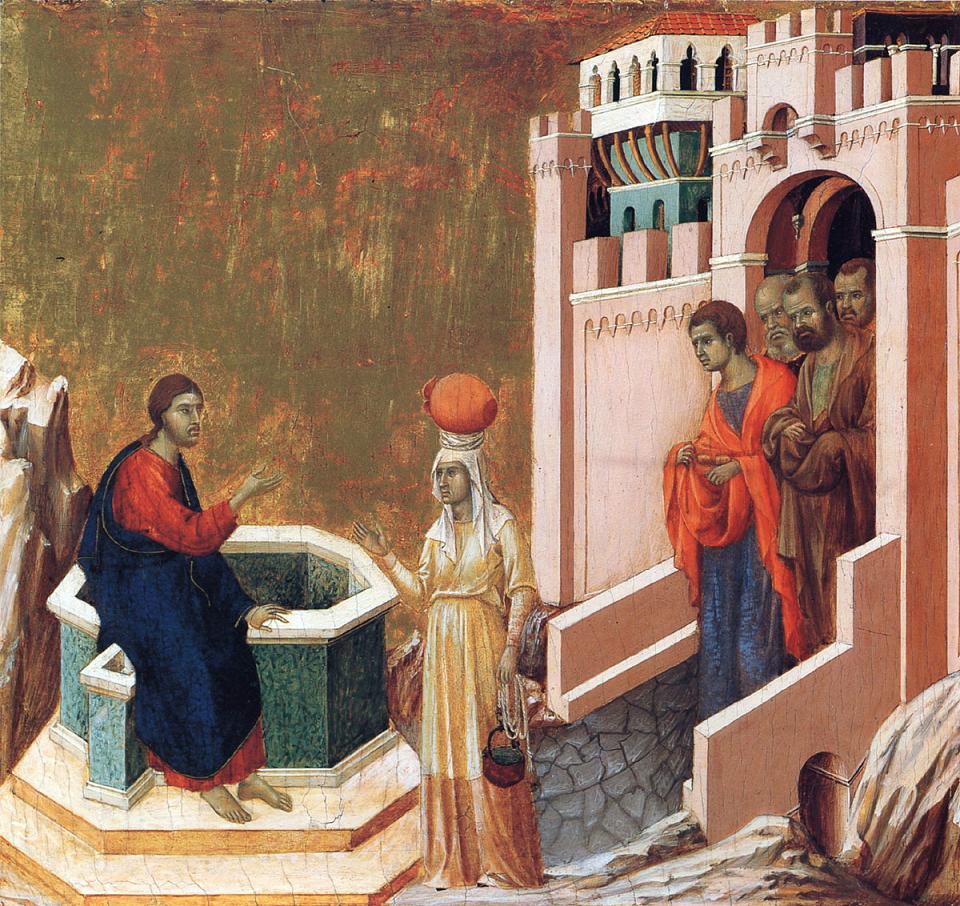
Christ Resurrected appears before Mary Magdalene
Crown of Thorns
Deposition
Duccio The Maesta
Entry into Jerusalem
Healing of the Blind Man
Jesus accused bt the Pharisees
Last Supper
Marriage Feast in Cana
The Betrayal by Judas
The Carrying of the Cross
The Flagellation
The Holy Women at the Sepulchre
The Massacre of the Innocents
The Raising of Lazarus
The Temptation of Christ
The Virgin Enthroned in Majesty

